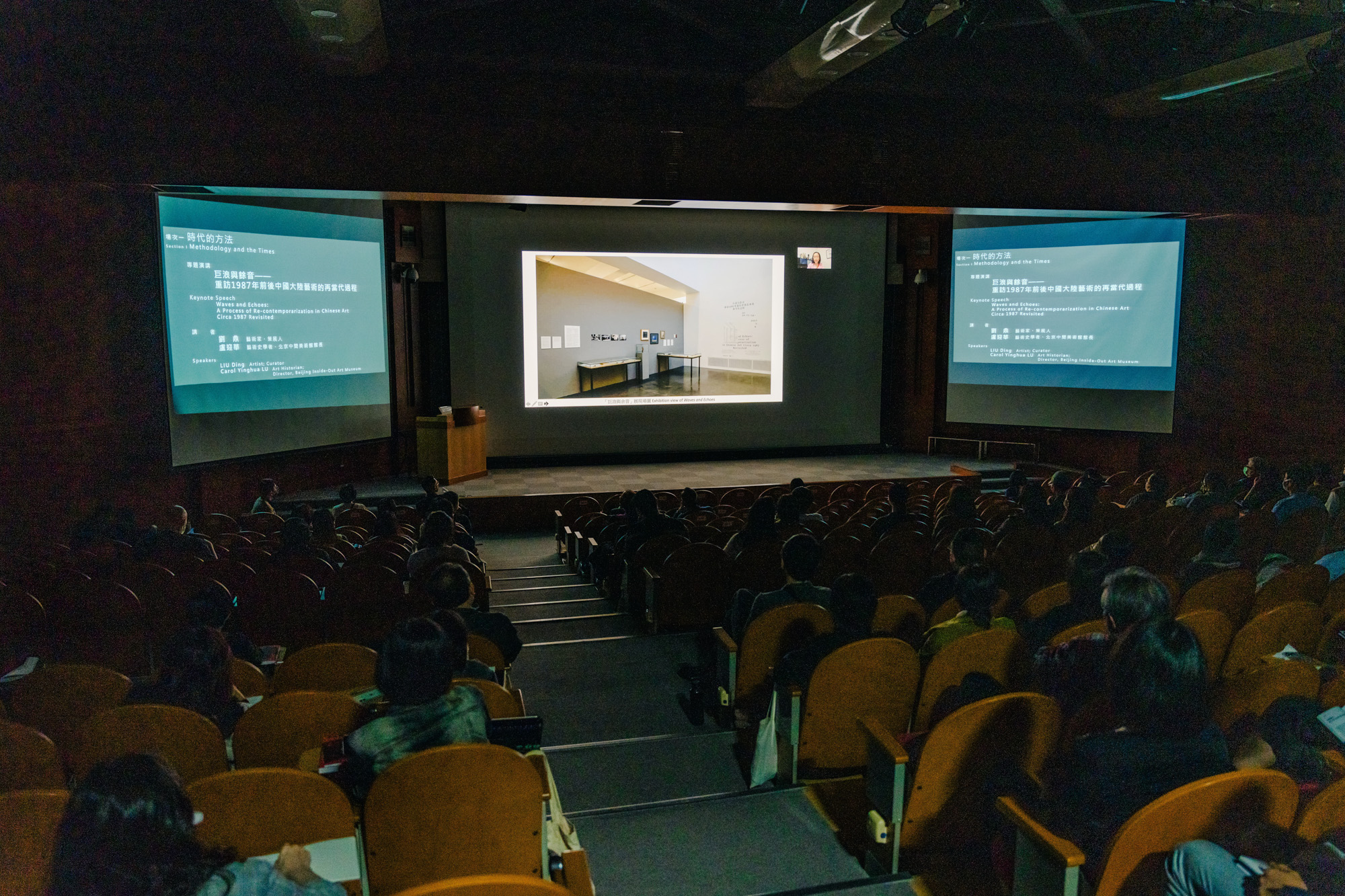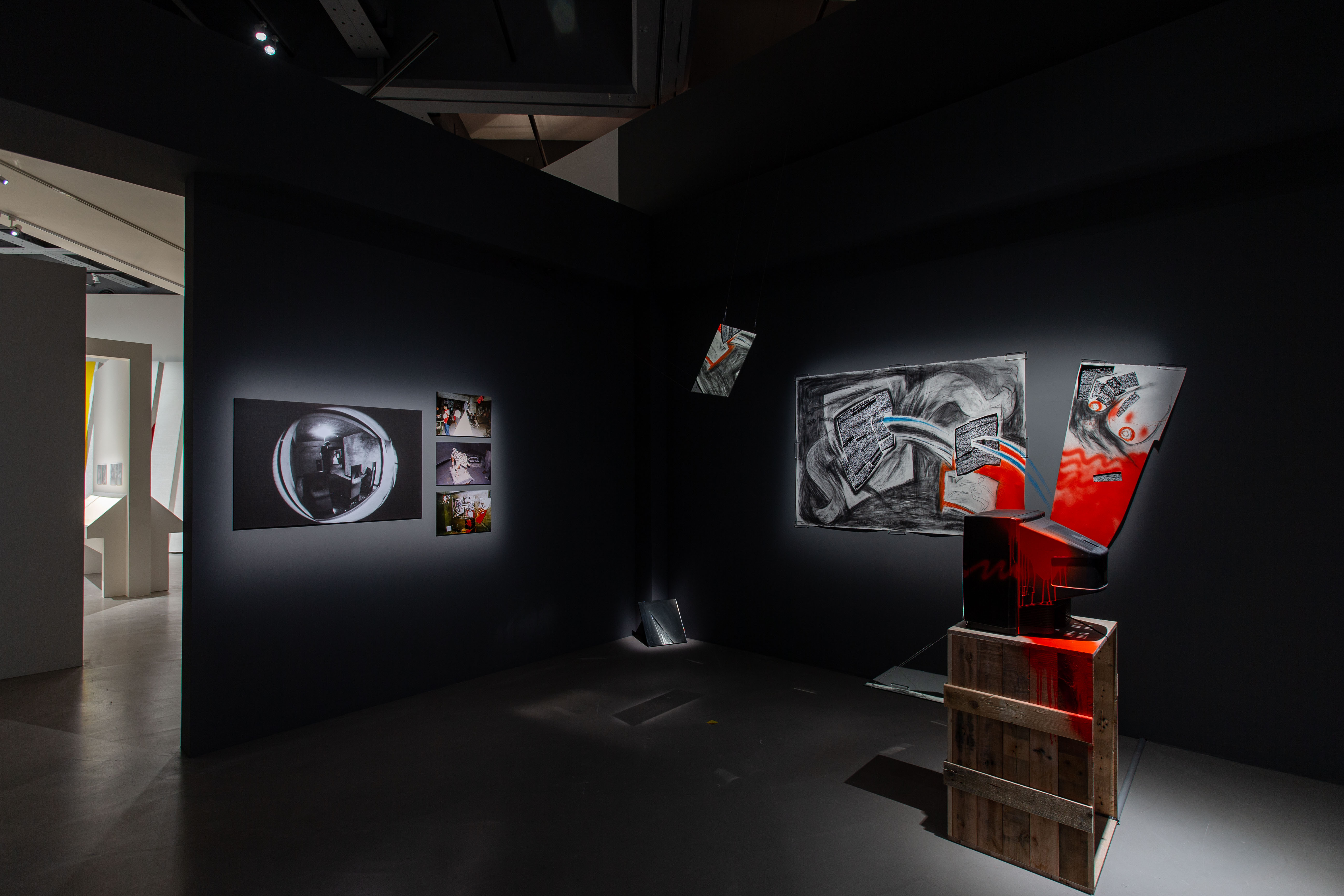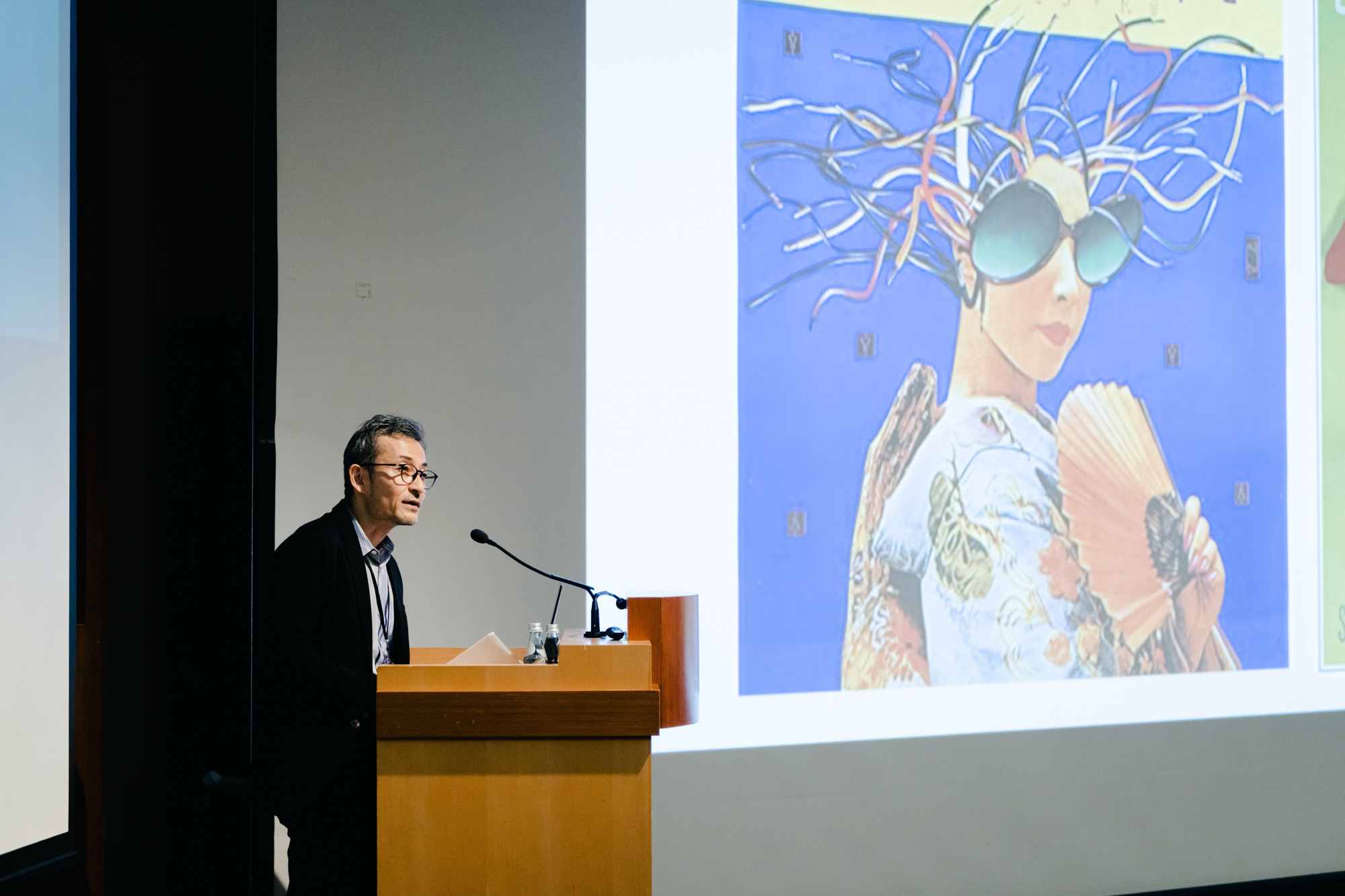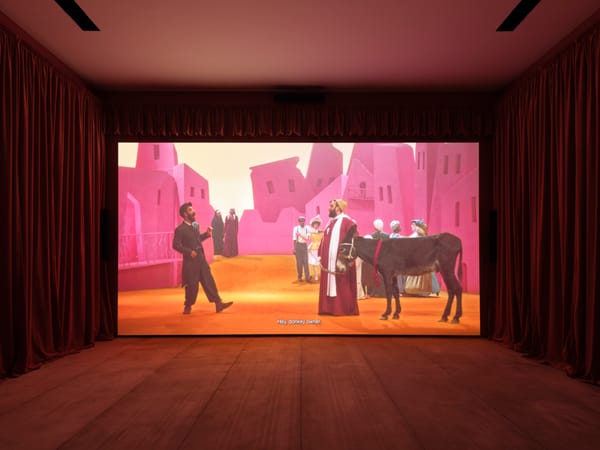Ideas
Contextualizing “The Wild Eighties” at Taipei Fine Arts Museum


Occupying the first floor of the Taipei Fine Arts Museum (TFAM), the large-scale exhibition “The Wild Eighties: Dawn of a Transdisciplinary Taiwan” traced the complex and vibrant development of art, cinema, music, theater, and literature in the 1980s in Taiwan—a decade defined by the end of martial law in 1987, and an era following the dramatic loss of diplomatic ties with the United States in 1979.
The museum hosted an international forum on the opening weekend of December 3 and 4, with five keynotes and four panel discussions, featuring distinguished speakers from China, Singapore, Japan, and Hong Kong alongside Taiwanese experts. Facilitated by the exhibition’s curators, TFAM’s director Jun-Jieh Wang and Kuandu Kuseum of Fine Arts’ director Chien-Hung Huang, the forum sought to contextualize Taiwan’s “Wild Eighties” within a wider geopolitical history that considers its neighbors in Asia. While the international forum mainly focused on the neighboring regions, parallels were drawn by the curators of “The Wild Eighties” in facilitating the keynotes and panel discussions.

The forum comprised five sections, providing a general theme for each keynote: “Methodology and the Times,” “The Specialization and Transdisciplinarity of Modernity,” “Art Collective and Communal Becoming,” “Trans-cultural Chimera and Avant-gardism Rotting,” and “Art Responding to Era and Context.”
Chinese curators Liu Ding and Carol Yinghua Lu gave the first presentation, titled “Waves and Echoes: A Process of Re-contemporarization in Chinese Art Circa 1987 Revisited.” Over a pre-recorded video lecture, their presentation focused on their 2020 exhibition of the same title, exploring how artistic and literary practices radically transformed during the 1980s to culminate in the ’85 New Wave, a movement synonymous with the birth of Chinese contemporary art. The keynote highlighted several avant-garde art collectives of the time, including Xiamen Dada and the Hangzhou-based Pond Society to emphasize how artists challenged conceptions of art in a way that actively reflected contemporary Chinese culture.
Liu and Lu’s 2020 exhibition was the fifth iteration of their research series From the Issue of Art to the Issue of Position: Echoes of Socialist Realism. Their project presented a methodology for engaging with art from historical perspectives instead of ideology, “[to avoid] . . . [making] simplistic distinctions between viewpoints.” Director Wang was able to relate to this, explaining how it was a similar approach to the curatorial framework for “The Wild Eighties,” but that the TFAM exhibition was more concerned with exhibiting archives rather than recreating artwork installations.

The keynotes by Seng Yu Jin, deputy director of the National Gallery Singapore, and Fumihiko Sumitomo, curator and professor at the Tokyo University of the Arts, both focused on collectivism and interdisciplinary practices through their case studies. With the updated title “Let There Be Lumbung: Collectivism and its Histories in Post-war Southeast Asia,” Seng’s talk examined the 1970s wave of student protests in the region that led to a proliferation of socially engaged artist collectives. Seng argued that these groups “re-politicized art” by creating open spaces for collaboration. Indonesia’s ruangrupa, founded in 2000 after the fall of Suharto’s dictatorship, is one of the youngest and most prominent groups, known for its egalitarian working model—exemplified recently in their decentralized concept of “lumbung” (communal rice barn in Indonesia) for documenta fifteen. Despite the exhibition’s controversies, Seng emphasized the importance of collectives in offering new ways “to be in solidarity.”
Likewise, Sumitomo explored how post-war Japan saw an “emergence of multitude in [the] 1980s” through artistic subcultures with the rise of the middle class. In his presentation “The End of Avant-gardes: Awareness of the Identity of the Other in Japan,” Sumitomo traced how growing economic affluence reaffirmed local popular culture, in turn enabling cross-disciplinary experimentations that explored “[pluralities] of self.” His examples included the electronic music group Yellow Magic Orchestra, animator Hayao Miyazaki, and conceptual photographer Yasumasa Morimura.

Taiwanese scholar Chi-Ming Lin and lead curator of Hong Kong’s M+ Pauline J. Yao highlighted how new cinema reflected the 1980s as a period of “intense soul-searching.” Lin positioned Taiwan’s unique political context within the processes of localization and democratization, describing how these socio-political changes were reinforced in the films produced at the time. To illustrate his keynote, “Art Under the Shadow of the Geo-strategy: On the Art Scene of the Eighties in Taiwan,” Lin showed snippets from Hou Hsiao-hsien’s A Time To Live, A Time To Die (1985) and Edward Yang’s Terrorizers (1986).
Yao’s provocative presentation “A Better Tomorrow?: China and Hong Kong in the 1980s” borrowed its title from the 1986 Hong Kong film A Better Tomorrow by John Woo. Her keynote introduced the development of Hong Kong cinema from a struggle with self-identification, which was exacerbated by the imminent Handover in 1997. While anxieties over the sovereignty transfer saw filmmakers and artists “[aspire] to be both East and West,” it also propelled them to experiment beyond the “trap of colonial frameworks” and the “East-meets-West-style”—an effort that changed the cultural landscape of Hong Kong.

The panel discussions following the keynotes invited three Taiwanese speakers of various backgrounds to discuss different themes. Some of the more dynamic contributions came from curator Rita Yuan-chien Chang, director of ACC Taiwan Foundation and former chief of exhibitions at TFAM, and Shih-Fang Ma, radio presenter and scholar of Taiwan’s music history, across two separate panels. Chang shared her experience of organizing the earliest exhibitions at TFAM in the ’80s, as one of the first curatorial staff of the museum when it opened in 1983. As the music consultant for “The Wild Eighties,” Ma provided insight into how popular music evolved under the censorship that continued in Taiwan’s post-martial law era.
A panel held on December 11 extended upon the central theme of transdisciplinary practice in Taiwan. The panel invited actor An-Shun Yu, who played lead in the films that Lin showed in his keynote, as a participating speaker alongside a Taiwanese film critic and poet. Their discussion touched on the legendary, independent Lan Ling Theater, founded in 1980, as a gathering site that not only cultivated a generation of actors and filmmakers, but more importantly, as a space where new ideas were exchanged and expanded upon. A dedicated section about Lan Ling is featured in the exhibition, in a way that encompasses the precarious yet liberating spirit of the eighties, where anything was possible.







